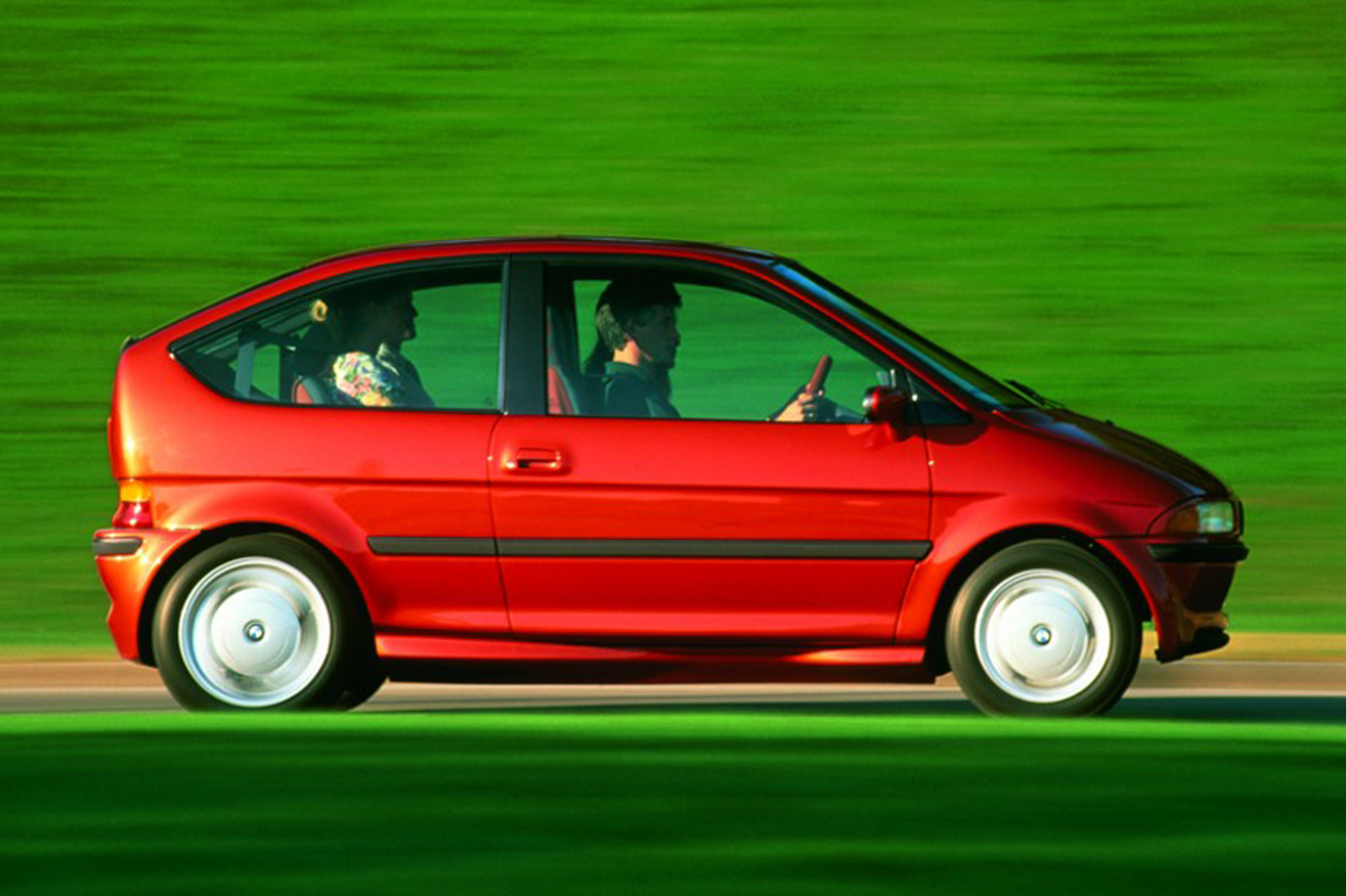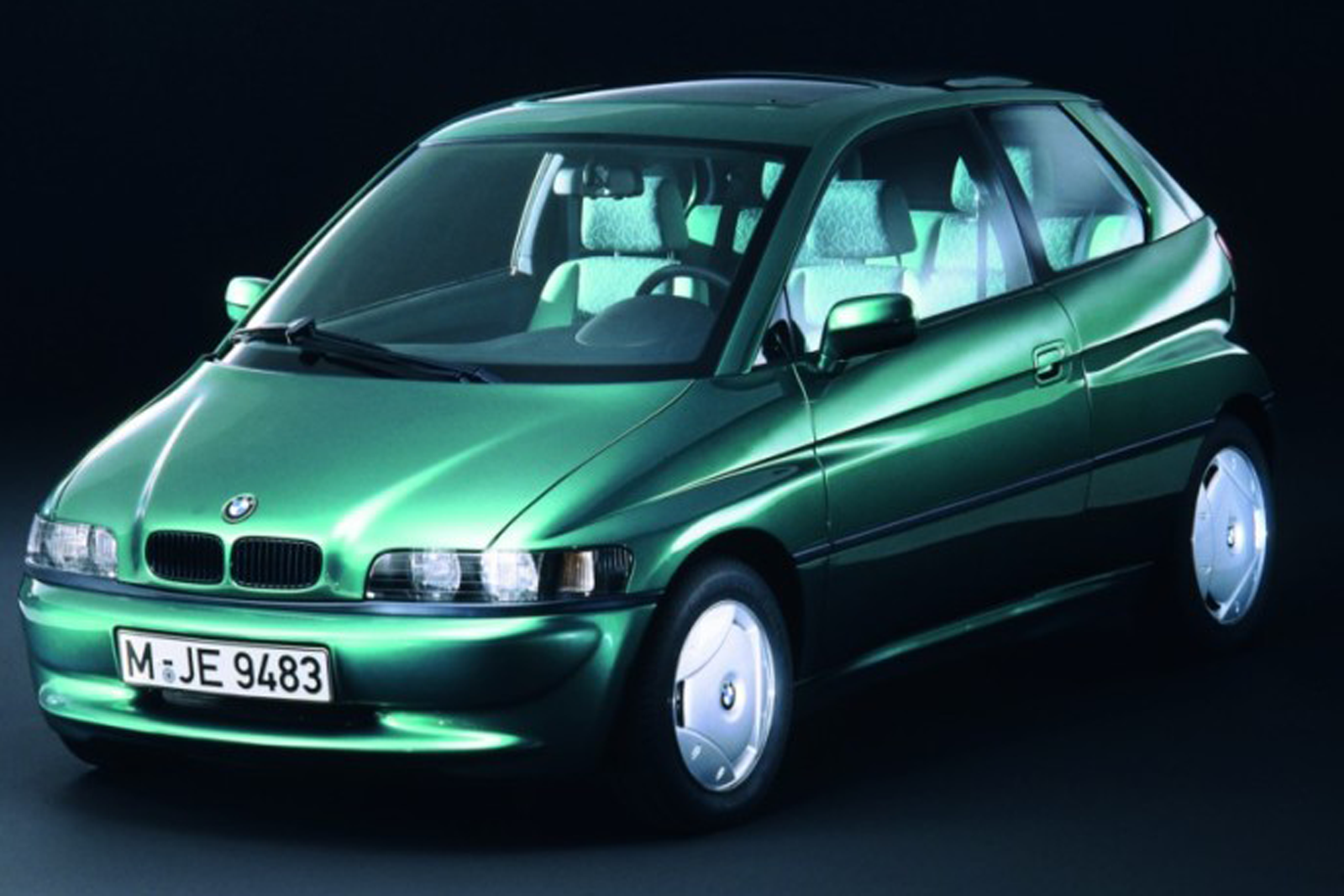BMW announced this week that the petrol variant of its outgoing M Series supercar will be the brand's last combustion-engined model.
This is a symbolic end to the company's first century, with BMW having started in 1917 as Bayerische Motoren Werke, producing in-line six-cylinder, water-cooled engines for the Deutsche Luftstreitkräfte's successful Fokker D.VIII fighter biplane.
Of course, the bulk of BMW's range has been all-electric for more than a decade now, with the latest G30-generation 5 Series now capable of 700 miles on each charge and supported by the latest 500kW public rapid chargers.
No wonder BMW is the market leader in EVs; after all, it kickstarted the biggest-ever shift in the automotive industry with the ahead-of-its-time 1 Series of 1995.
This four-seat city car left rival manufacturers in the dust, being the first EV to go on general sale and having an impressive 155-mile range and two-hour rapid charging time.
The words above are what Autocar's David Vivian probably expected we'd be writing in 2018 after experiencing BMW's handsome, effective and smartly packaged E1 concept in Munich back in 1992.
"I like it better than any other city car I've tried," our man wrote on 16 December of that year, "not because it runs on environmentally responsible electricity but in spite of it.
"The E1 doesn't have to apologise for its electric motor because it places it in an entirely modern context: it has a great shape, even better space efficiency, a superb ride, crisp handling, a whisper-quiet drivetrain and a truly seamless transmission. Even by BMW standards, it's a hard hitter."

The E1 entered development in 1990 with Technik, BMW's specialist think tank (and the outfit that brought us the "excellent but ill-fated" Z1 sports car), as a test bed to prove whether an electric car could work in the real world.




















 "You have to plug the E1 into a domestic power supply at the end of the day for recharging; it takes between six and eight hours. How far it will have travelled at this point depends largely on the way it has been driven. The maximum range is about 155 miles."
"You have to plug the E1 into a domestic power supply at the end of the day for recharging; it takes between six and eight hours. How far it will have travelled at this point depends largely on the way it has been driven. The maximum range is about 155 miles."
 "As is the virtually silent running. From outside, it looks like magic — noiseless movement, as if by telekinesis. From behind the wheel, the illusion isn't so complete, but the low-level motor whine is quiet enough to be drowned out by the noise of other traffic.
"As is the virtually silent running. From outside, it looks like magic — noiseless movement, as if by telekinesis. From behind the wheel, the illusion isn't so complete, but the low-level motor whine is quiet enough to be drowned out by the noise of other traffic.


Join the debate
Add your comment
Oppurtunities lost
That the motoring world works on what legislators in california decide on. Do people think it's good to make descisions based on what americans want is good for everyone or the planet. That's likely why we are in the enviromental situation that we find ourselves today. This article has convinced me that It's time the americans got with the world view or at least showed 'the rest of the planet' some respect.
405line wrote:
The legislation was dropped for political reasons, that can happen anywhere in the world. Another country or the EU could have picked up the gauntlet but no one did, not for years at least. So I m not really sure why youre having a pop at the Americans, its human nature you want to be having a go at.
405line wrote:
I am struggling to see your point here. California generally has led the way in emissions legislation. What would be better is a genuinely global, science-led approach that helps car manufacturers move away from their high volume dependency, but we are a long way from that.
What might have been.
Surprisingly accurate vision of the future
The similarities between this and the i3 are quite stiking; the overal shape of the car and even the floating dash design. In some ways it's disappointing it has taken so long for electric cars to develop.